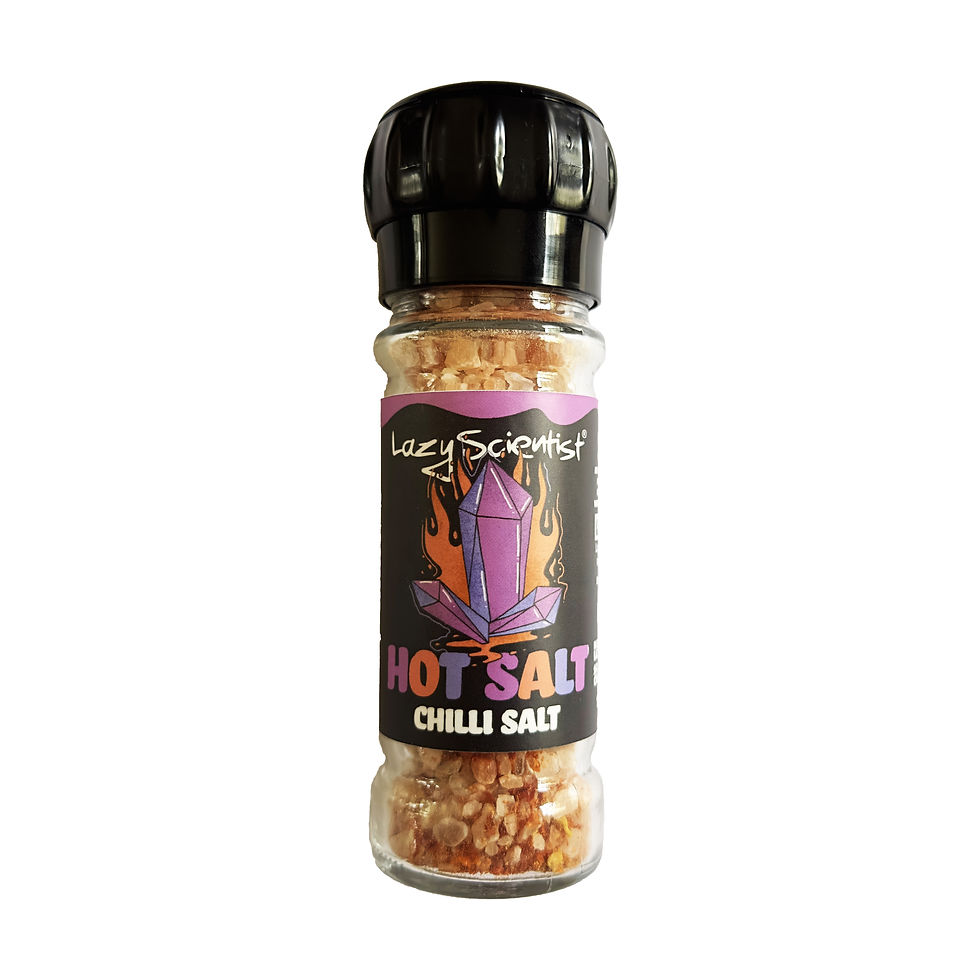Preserving Traditions: Unveiling the Timeless History of Lacto-Fermentation
- lazyscientist
- Oct 31, 2023
- 3 min read
Updated: Mar 5
Lacto-fermentation, a process that transforms ordinary ingredients into tangy and nutritious delights, has been practiced for centuries across cultures. From sauerkraut to kimchi, lacto-fermented foods have been cherished for their unique flavours and long shelf life. In this blog post, we'll take a journey through time to explore the fascinating history of lacto-fermentation, its cultural significance, and the enduring legacy of this ancient preservation technique.
Ancient Origins:
Lacto-fermentation has its roots in ancient civilizations. The process was likely discovered by accident when food submerged in brine or saltwater developed a distinct taste and improved longevity. Archaeological evidence suggests that lacto-fermentation was practiced as early as 6,000 BC in Mesopotamia, with pickled vegetables found in ancient Egyptian tombs dating back to 2,600 BC.
Cultural Significance:
Lacto-fermented foods hold cultural significance in various regions around the world. Many traditional cuisines incorporate these foods into their culinary heritage, passing down recipes and techniques from generation to generation. For example:
Europe: Sauerkraut, a lacto-fermented cabbage dish, has been a staple in Eastern European cuisine for centuries. It provided a reliable source of nutrients during the long winter months when fresh produce was scarce.
Asia: Kimchi, the iconic Korean side dish, is a prime example of lacto-fermented food. It has been consumed in Korea for over a thousand years and holds a significant place in Korean culinary traditions and ceremonies.
Middle East: The Middle Eastern staple, preserved lemons, undergo lacto-fermentation, imparting a tangy and intense flavor to dishes. They are widely used in Moroccan and North African cuisine.
Health Benefits and Preservation:
Lacto-fermentation offers both culinary and health benefits. The process involves the growth of lactic acid bacteria, which produce lactic acid as a byproduct. This creates an acidic environment that preserves the food, inhibits the growth of harmful bacteria, and enhances its nutritional profile. Lacto-fermented foods are rich in beneficial probiotics, enzymes, vitamins, and minerals, which can support gut health, aid digestion, and boost the immune system.
Revival and Modern Applications:
Although lacto-fermentation has been practiced for centuries, its popularity has experienced a resurgence in recent years. As people seek to reconnect with traditional food preservation methods and embrace the health benefits of probiotic-rich foods, lacto-fermented products have gained attention. Artisanal producers and home fermenters alike are exploring a wide range of lacto-fermented creations, from pickles and relishes to kombucha and kefir.
Incorporation into Contemporary Cuisine:
Lacto-fermented foods have found their way into modern culinary landscapes. Renowned chefs and food enthusiasts incorporate these tangy treats into their menus, adding depth and complexity to dishes. Lacto-fermented condiments, such as hot sauces and pickled vegetables, have become popular additions to burgers, tacos, and other contemporary dishes, offering a burst of flavour and a touch of nostalgia.
Sustainable and Local Food Movement:
Lacto-fermentation aligns with the principles of the sustainable and local food movement. By preserving seasonal produce through fermentation, it allows us to enjoy the flavours of summer throughout the year while reducing food waste. Furthermore, lacto-fermentation supports the use of local and organic ingredients, promoting the consumption of seasonal and regional flavours.
Conclusion
The history of lacto-fermentation is a testament to the ingenuity of our ancestors in preserving and transforming simple ingredients into culinary treasures. From its ancient origins to its enduring cultural significance, lacto-fermentation continues to captivate our taste buds and provide us with healthful, probiotic-rich foods. So, the next time you savour a jar of sauerkraut or enjoy the tangy kick of kimchi, remember that you are partaking in a time-honoured tradition that connects us to our culinary heritage and nourishes both body and soul.
Please leave a comment below if you have any questions.
The Lazy Scientist




















Comments